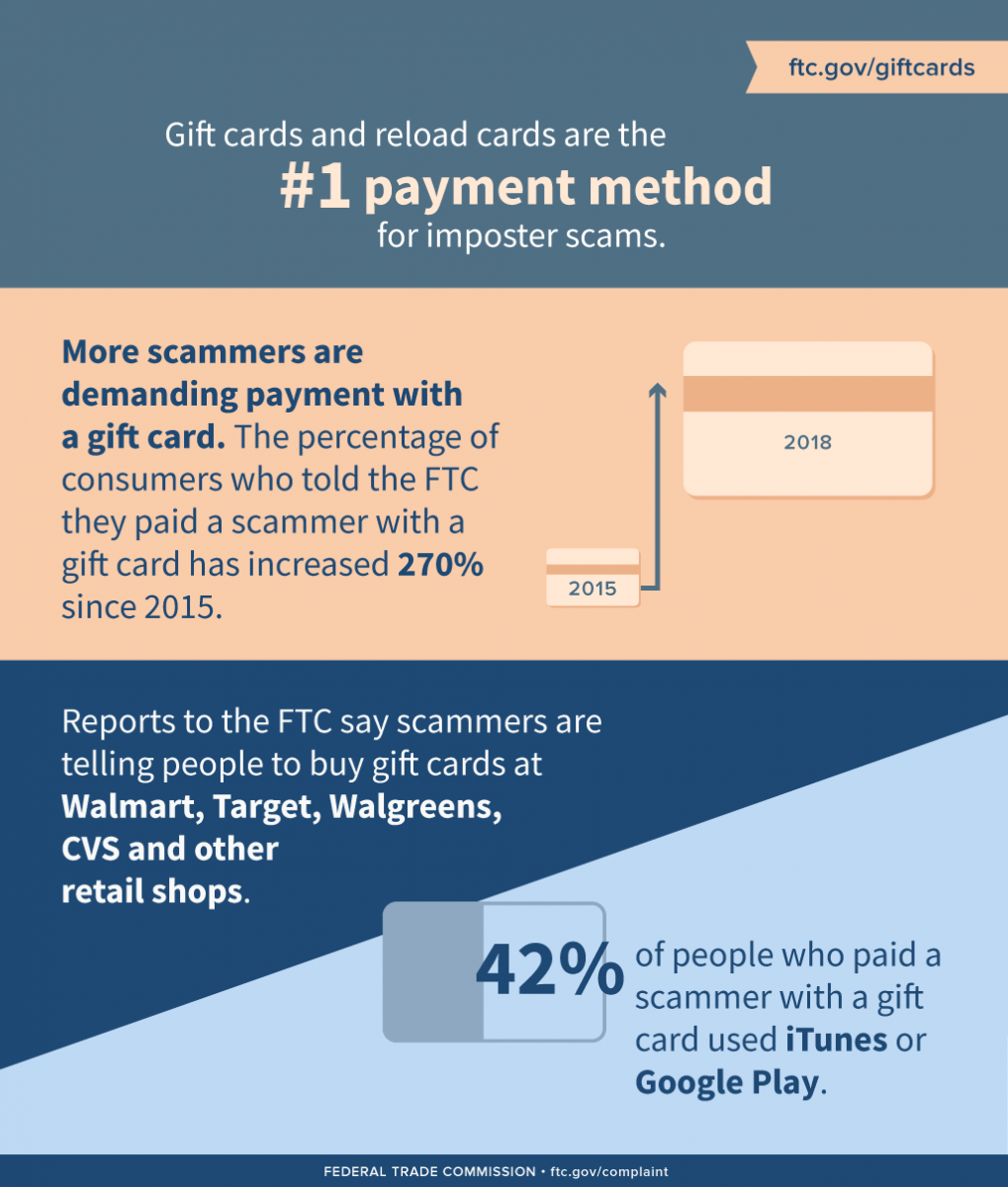Glass etching is a fun and very easy means to include a personal touch to glasses. Designs created making use of engraving lotion are long-term and dishwasher safe.
Select a pattern layout from the Cricut Accessibility Collection or produce your very own in Cricut Style Area. You will need to weed the vinyl, which is done by removing the internal parts of the layout with a weeding device or tweezers.
Pattern Types
Utilizing the "Make" option in Cricut Design Space to develop patterns from flexible plastic film is an excellent way to promptly make a customized layout for your glass etching task. When making a customized pattern, be sure to pick an image that is simple to weed and has a simple adverse space.
These patterns are made from a durable, versatile product that can be used on level or spherical surfaces and are recyclable up to 20 times. They are most frequently made use of with Armour etching lotion, yet can also be utilized with sand etching paste.
These patterns are applied by scrubing the leading copyright sheet to stick the stencil to your glass project. They can be made use of with Armour etching cream, or for a much less messy application, with sand etching paste. They can be re-used as much as 20 times, as long as the pattern is cleaned and dried completely in between uses. These stencils are offered at most craft shops, but are commonly cheaper online.
Stencil Products
Include a customized pattern layout to your glassware using engraving hanker a beautiful and traditional appearance that lasts much longer than vinyl stickers. This strategy is excellent for everyday glasses and glass baking meals.
Producing your very own pattern in Cricut Design Space is simple, simply select a photo with easy adverse area and dimension it to the appropriate dimension for your glass. When you have your layout prepared, make use of a weeding tool to get rid of the areas that aren't mosting likely to be etched.
Use the stencil to your tidy, dry glass surface area and smooth it out to eliminate any air bubbles. When applying the pattern, ensure it is strongly pressed down which there are no open areas. Place on your safety handwear covers and safety eyewear prior to opening the engraving cream, as it is caustic. When your etching cream is applied, established a timer for one min. After the timer has actually gone off, wash the glass with warm water and gently peel off away the pattern.
Stencil Adhesives
There are 2 main methods to etch glass: sandblasting and making use of engraving cream. Sandblasting is a powerful strategy that makes use of high-pressure air to drive abrasive product onto a surface area, and it's optimal for creating intricate layouts and structures on glass products like home windows, mirrors, and drinkware. Glass etching lotion is an acid-based compound that can be used to develop attractive boundaries or patterns on glass things. To utilize etching lotion, very first clean the glass surface area and place the pattern securely over it. Then, use a thick layer of etching cream over the pattern using a paintbrush. Be sure to remain within the stencil's sides, as any kind of excess cream can permeate under the pattern and create spaces and uneven etching.
Leave the etching lotion on the glass for the amount of time recommended by the item's instructions. As soon as the etching is complete, rinse the glass under cold water and dry it with a clean lint-free towel.
Stencil Sizes
Stencils are readily available in a vast array of dimensions. Tiny affordable custom glass patterns have to be simpler just because they are harder to cut and they can get damaged by all-natural under spray (the paint mist that obtains beneath the stencil via small spaces). Bigger stencils can be used with a selection of media including paint, inks and dyes.
Transforming the style on a pattern is simple. Unlike wallpaper that requires to be totally stripped prior to the following year's new taste, you can merely use new tinted paint over the stencil.
Stenciling is a historical painting technique, going back to ancient times. It reached its elevation of elegance with katazome and various other techniques on silks for apparel in Japan and Europe from about 1450. It is additionally typically made use of to color old master prints theoretically. The stencil is both the intermediate things and the resulting design. This is a fantastic method to make an one of a kind piece of wall surface art.
